After breakfast we walked back to the car park through the
old Jewish quarter (even narrower streets and alleys) and then drove off in increasing
rain to see more ruins. Back
across the
bridge, the Neapolis area is the site of the ancient city’s social and
religious functions, people did not live there.
After a short search for parking (we wish our Italian were better so we
could figure this out better), we enter the Parco Archeologico where the first
stop is a Roman amphitheater. Actually,
this might usually be the last stop, but with a busload of students entering
the front of the site just ahead of us, we figured taking a detour to allow
them to
clear out (more likely, to wimp out in the rain) was in order. In fact, it was raining hard enough that we
actually put our rain pants on for the first time on this trip.
The strategy worked, the Roman amphitheater
was fascinating and again, all ours except for a single soggy fellow we passed as
we were leaving it (Craig kindly volunteered to take a photo of him with the
ruins in the background and he offered to return the favor, but we
declined,
hoping to keep the camera dry). Dating
from the 3d century A.D., it was the largest in Sicily. You can still see the passages where the gladiators
and animals entered the arena. Just past
this ruin was a huge sacrificial altar, dating from the 3d century B.C. where
up to 450 bulls were slaughtered at a time (no word here as to whether a
barbecue ensued). Like the Roman
amphitheater, most of the giant stone blocks of this structure were removed in
the 16th century A.D. to construct fortifications on Ortygia.
The highlight ruin at this site is the Greek amphitheater,
and we headed there next. Again, our
plan worked and there was hardly anyone there.
Also, the rain lessened, although we still needed our umbrellas. Built in the 5th century B.C., the
amphitheater was situated so that its occupants could look out over Ortygia to
the sea. It seated up to 16,000 people
(presumably some had to settle for Uecker seats). Back in the day, Siracusa was a hot center of
Greek culture and several of the famous Greek playwrights had plays performed
here, including Aeschylus, Euripides, and
Sophocles. Classical plays are still performed here in
the summer, and Phyllis wishes she could have attended one. Along the terrace around the top of the
amphitheater are a number of artificial caves and niches, which served to
shelter us a bit from the rain. One, the
Cave of the Nymph, has a stream still channeled through it and was the official
headquarters of the actors’ guild.
Next to the Greek amphitheater is a quarry that was used in
ancient times to obtain limestone for all the temples and monuments, and also
as a prison for those defeated in battle who were forced to work in the
quarry. First Carthaginians were
imprisoned here
after their rout by the combined Sicilian Greek forces in 480
B.C., and then 7,000 Athenians after their invading force was defeated by
Siracusa in 413 B.C. Today there is lush
vegetation inside the quarry, including orange and olive trees, apparently
planted for stabilization purposes, and it is a pleasant place to walk. There are several caves of interest in the
bottom, such as the Ropemakers’ Cave where rope makers spent their entire lives
in the humid environment that helped in hemp rope production, and the Ear of
Dionysus, so-called due to its ear-like shape but apparently
the shape is just
a coincidence of excavation. Its
acoustics are amazing though.
As we left the site, the rain had mostly stopped and
busloads of people were arriving. Our timing
was perfect! We were next headed to the
Museo Archeologico, and as it was six or so blocks away and again pouring rain
we decided to take the car and park in the parking lot that the museum would
surely have. Wrong again. We drove around for about 20 minutes, never
saw a spot, and ended up back in our original space. Anyway, once inside the
museum we could hear the
rain pounding the museum roof as we spent almost two hours, hoping it would
abate. It didn’t. But the museum was a welcome shelter, and it
has Sicily’s largest collection of artifacts, over 18,000. One can only look at so many Greek urns at a
time, but this museum had quite a bit of sculpture too, both Greek and
Roman. However, we wanted to get on to
our next destination well before dark, so had to brave the rain again to get
back to the car. Our lunch on the road
consisted of a Coke and potato sticks, as it was, yes, between one and four and
nothing was open for food. We don’t know
which is more aggravating, the fact that they
close like this or that we cannot
seem to adjust our timing to it.
Noto, this evening’s destination, is famous for gelato and
granite (fruit-flavored finely crushed ice, somewhat like a Sno-Cone or
Hawaiian shave ice in a glass), and we intended to sample both from dueling
shops, with lofty reputations, on the main corso. Unfortunately, both seemed to be still closed
for the season, so we had to settle for a real meal. Noto also
has a beautifully baroque series of
churches and palaces on the corso, which were especially appealing at night
with, once again, no one else about. All
the buildings date from the 17th century, because Noto, like most
other cities in this part of southeast Sicily, was leveled by a monster
earthquake in 1693. The folks who
rebuilt Noto went about it seriously and created a beautiful new city center.

 Noto, Sicily, Italy
Noto, Sicily, Italy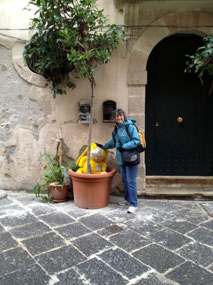
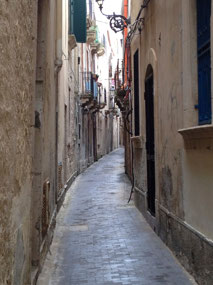
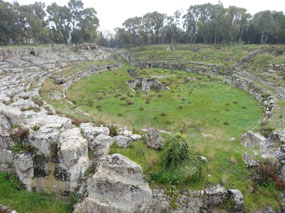
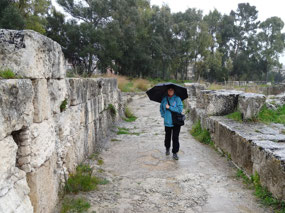
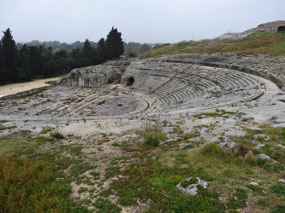

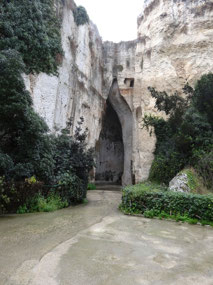
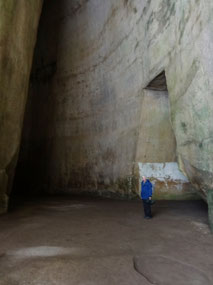
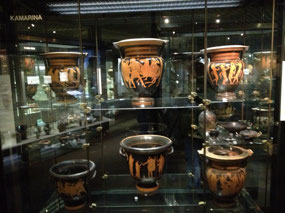
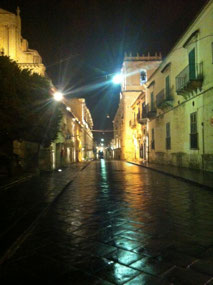




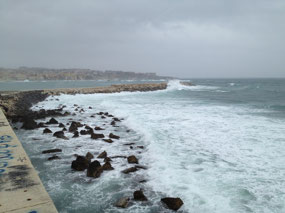
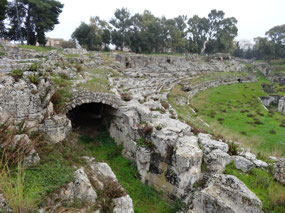
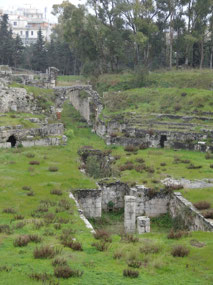
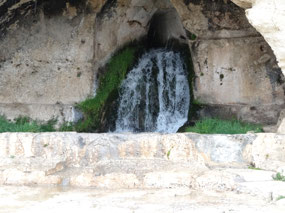

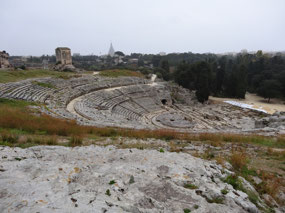
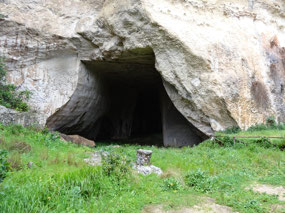


2025-05-23